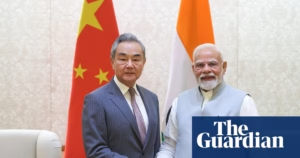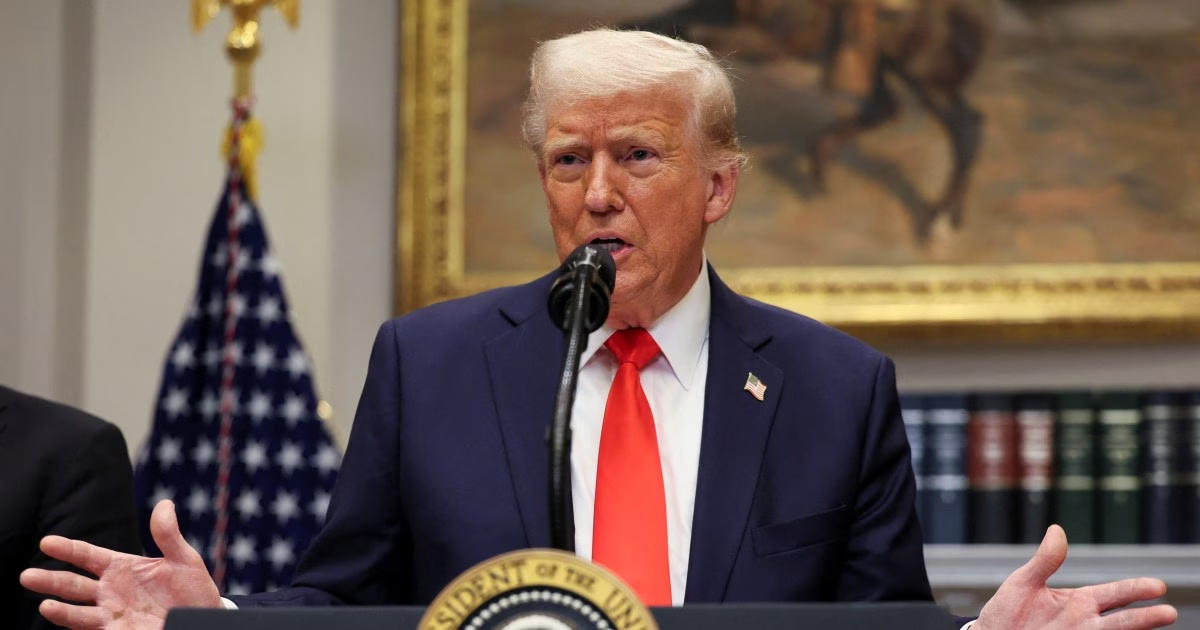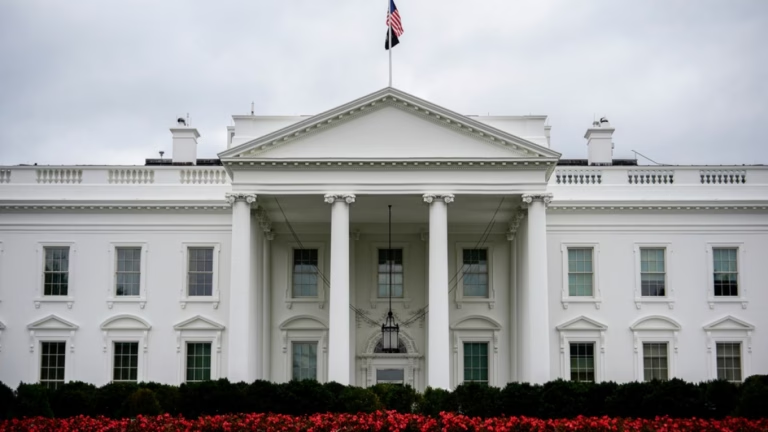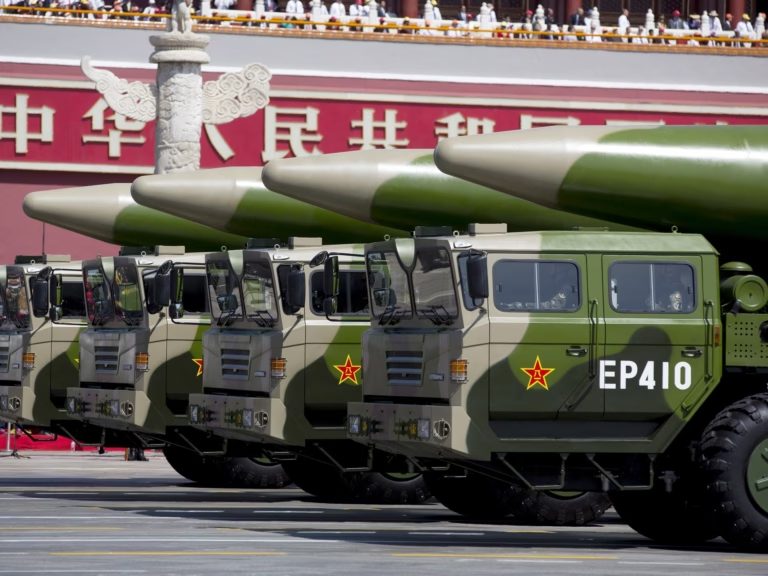Trump positions these tariffs as an incentive to bring investment to the US; however, experts warn that the move could also disrupt global supply chains and impose penalties on companies already manufacturing chips in the US.
What are the details of Trump’s plan?
Since Trump’s announcement of a proposed 100% tariff at a White House event on August 7, few details have been made public.
The US President stated that exemptions would be granted to companies that construct research or manufacturing facilities in the US. However, tariffs could be levied retroactively if these companies fail to follow through with their promised investments.
“If, for any reason, you say you’re building and you don’t build, then we go back, and we add it up, it accumulates, and we charge you at a later date. You have to pay, and that’s a guarantee,” Trump told reporters.
On Friday, whilst on Air Force One, Trump informed reporters that further details would be released soon and that the tariff rate might be even higher than initially speculated.
“I’ll be setting tariffs next week and the week after on steel and on, I would say, chips – chips and semiconductors. We’ll be setting [the tariffs] sometime next week, the week after,” Trump stated on his way to meet with Russian President Vladimir Putin.
“I’m going to have a rate that’s going to be 200%, 300%,” he added.
Why does Trump seek to impose tariffs on chip imports?
Trump aims to impose these tariffs for several reasons. The main objective is to incentivize investment and manufacturing to return to the US, particularly from companies not currently investing there.
“The primary goal is to reverse the cost disadvantage of manufacturing in the US and turn it into an advantage. It’s mainly focused on companies that are not investing in the US,” explained G. Dan Hutcheson, the vice chair of Canada’s TechInsights to Al Jazeera.
“Exclusions are negotiable for entities that align with his goal of bringing manufacturing back to the US.”
More broadly, the tariff is also intended to reduce US reliance on semiconductor imports and strengthen the country’s position in its rivalry with China, another major semiconductor producer.
These issues are bipartisan concerns within US politics.
The Trump administration earlier initiated a Section 301 investigation into alleged unfair trade practices in China’s semiconductor industry and a Section 232 probe into the national security implications of US reliance on semiconductor imports.
Who will be affected by the tariff?
Foreign technology giants like Taiwan Semiconductor Manufacturing Company (TSMC) and South Korea’s Samsung, which have already invested in the US, are likely exempt from the tariff.
The impact of this measure on other companies, including chipmakers in China, where firms face barriers to US investment due to regulatory hurdles from both US and Chinese authorities, is less certain.
Yongwook Ryu, an assistant professor at the Lee Kuan Yew School of Public Policy in Singapore, suggests that the tariff could be a bargaining chip for the US as it negotiates the rate of its “reciprocal tariffs” with China.
The US has already imposed tariffs of 10-30% on most trading partners since August 7, but comprehensive trade talks with Beijing are still ongoing.
“My view is that while the reciprocal tariffs are primarily aimed at addressing the US trade deficit problem and re-shoring manufacturing back to the US, product-specific or sectoral tariffs [like semiconductors] aim to achieve the strategic goal of enhancing US technological hegemony and containing China,” Ryu told Al Jazeera.
What is the value of US chip imports annually?
According to data from the United Nations cited by the American Enterprise Institute, the US imported approximately $40bn worth of semiconductors in 2024.
Main sources of imports include Taiwan, Malaysia, Israel, South Korea, Ireland, Vietnam, Costa Rica, Mexico, and China; however, experts point out that this data does not capture the full extent of semiconductor flows into and out of the US.
Why is the tariff a concern for the global chip industry?
Plans for these tariffs have introduced additional uncertainty into an industry that is already navigating the broader efforts of the Trump administration to reorganize global trade.
“It’s unclear whether the US government has the capacity to effectively enforce this and… there’s not really any guidance in terms of what these tariffs are actually going to look like,” stated Nick Marro, the lead analyst for global trade at the Economist Intelligence Unit.
The White House has yet to provide details on whether the tariff will apply to chips made in the US or those integrated into finished products.
If the latter category is included, the consequences could affect industries such as electronics, home appliances, automobiles, and auto parts.
“Initially, it appears that most costs would be paid by companies via lowered profit margins. However, in the long term, consumers will bear the majority of the cost,” commented Miller.








